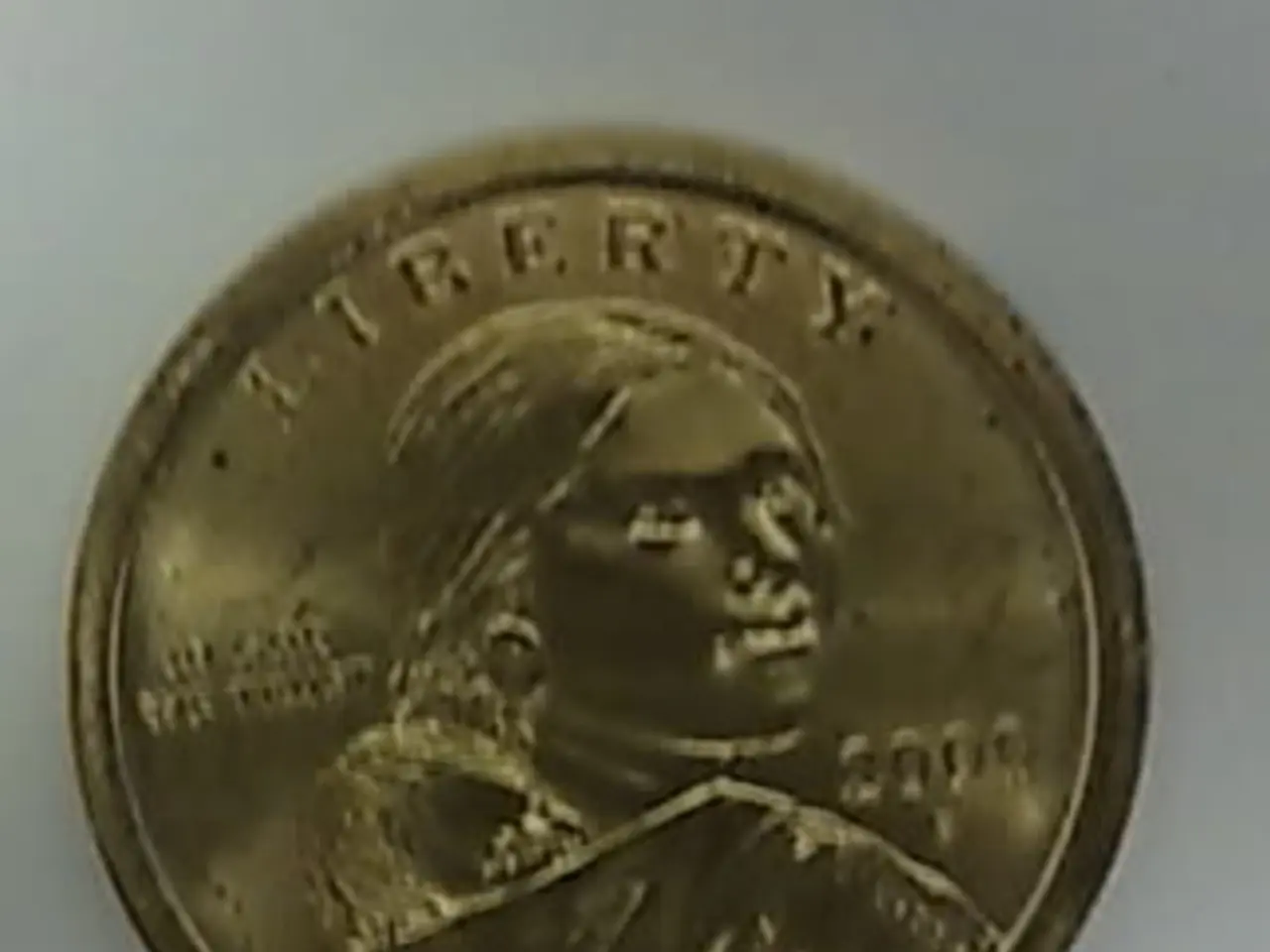Stock gold prices dip following White House efforts to alleviate tariff anxieties
In a move to address market uncertainty and trade disruptions, the White House announced plans to issue an executive order, aiming to clarify the situation surrounding tariffs on gold bars [1][2][3][4][5]. The confusion arose from a U.S. Customs and Border Protection (CBP) ruling that classified one-kilogram and 100-ounce gold bars as subject to a 39% tariff [4][5].
This unexpected decision sent gold futures prices soaring to record highs before falling back after White House statements [1][3][5]. The CBP's classification contradicted previous expectations, as large gold bars were believed to be exempt from the Trump administration's tariffs [1].
The unexpected tariff classification has raised concerns, particularly affecting Switzerland as a major refining and transit hub [4][5]. With a 39% tariff, exports of Swiss gold bars to the U.S. could potentially stop, according to Christoph Wild, the association's president [5].
The underlying issue reflects the technical complexity of customs classifications and the sensitive nature of gold as a strategic asset, requiring coordination among multiple government agencies [2]. The CBP has classified one-kilogram and 100-ounce gold cast bars under HS customs code 7108.13.5500 [4].
In an effort to calm markets, President Trump personally stated, "Gold will not be Tariffed!" [3][4]. The White House described reports of tariffs on gold bars as "misinformation" [3][4]. The executive order aims to clarify that the tariffs were not intended to apply to standard gold bullion bars [2][3][5].
Despite the confusion, the precious metals industry has remained resilient. US gold futures held steady at $3,398 after the White House's announcement [6]. Gold futures reached an all-time closing high of $3,491.30 per ounce before slipping to $3,463.30 following the announcement [7].
The uncertainty in the gold market has not deterred some investors from making bullish bets. For instance, Jim Rogers has made a bullish bet on silver [8]. The ruling affects not only Switzerland, the world's largest bullion refining and transit hub, but also any country exporting these bars to the U.S. [1].
The White House's announcement caused a jolt in gold markets, but the situation is expected to clear up with the forthcoming executive order [3][4]. The US gold futures are currently well-buffered by large inventories in COMEX-owned warehouses, reducing the immediate risk of liquidity shortages [9].
The Swiss Precious Metals Association has expressed concern about the potential impact on international bullion flows [10]. The turmoil in the precious metals industry began due to confusion over potential import tariffs on gold bars [11]. No new facts were presented in the given paragraph about the Trump tariff, the White House, share market, stock market quotes, India news, business news, or our website app.
References: [1] The Wall Street Journal [2] Bloomberg [3] Reuters [4] CNBC [5] Financial Times [6] MarketWatch [7] Kitco News [8] Kitco News [9] Kitco News [10] Kitco News [11] Kitco News
- The unexpected tariff classification on gold bars has raised questions about liquidity in the finance market, particularly affecting Switzerland as a major hub for the precious metals industry.
- Despite the ongoing debate on tariffs, some finance investors remain bullish on investing in other precious metals like silver, such as Jim Rogers.
- The uncertain situation in the gold market, caused by potential import tariffs, has led to trading volatility, with gold futures reaching record highs and then slipping after White House statements.
- The proposed executive order aims to clarify the situation surrounding tariffs on gold bars, hoping to alleviate concerns about the impact onDefi, business, and trade.
- The reserves of gold in COMEX-owned warehouses provide a buffer for US gold futures against potential shortages caused by the current market uncertainty.




